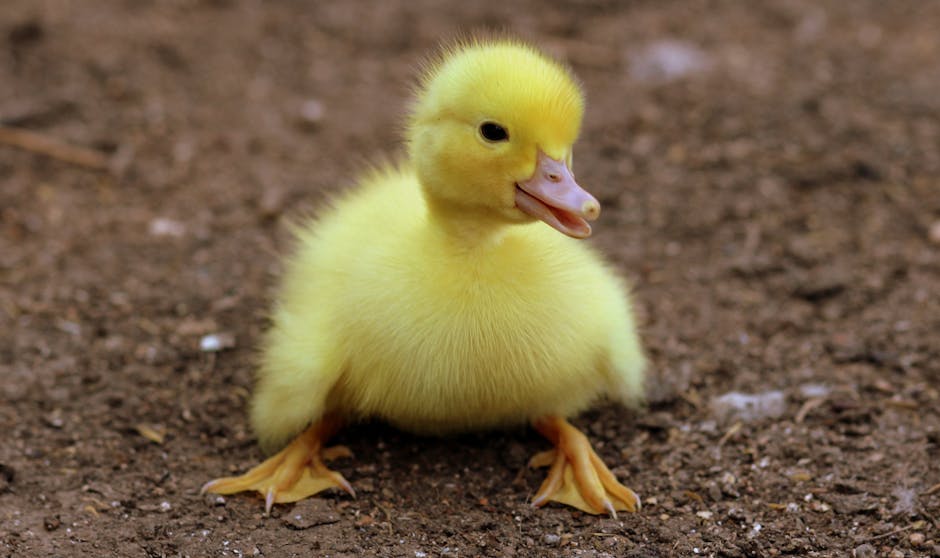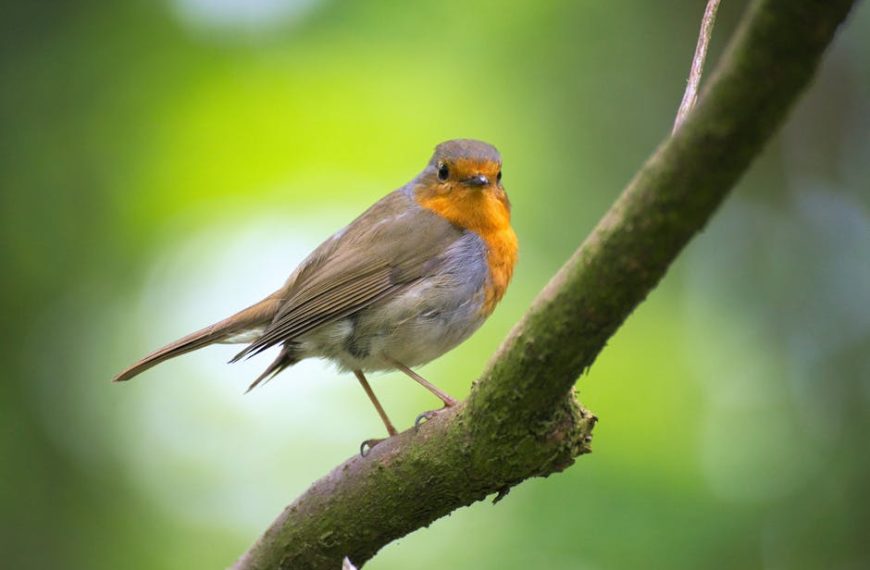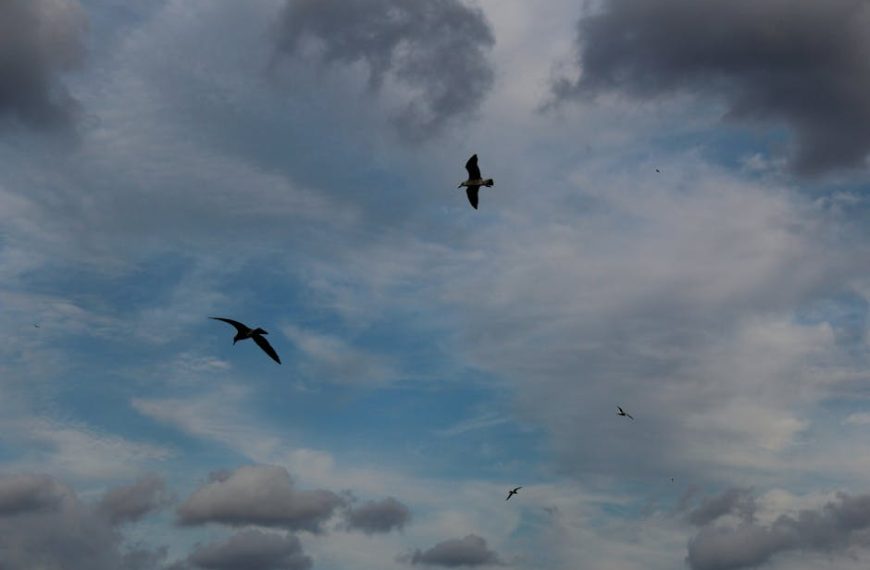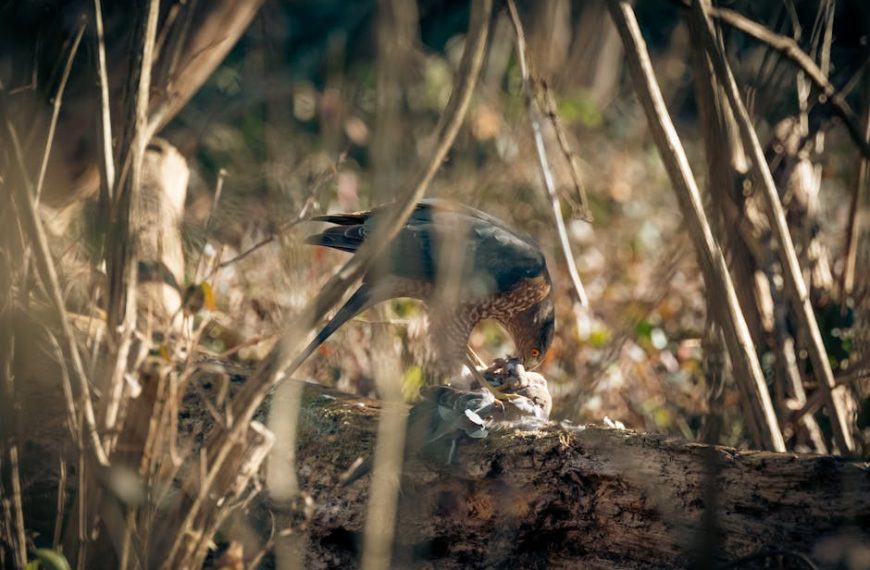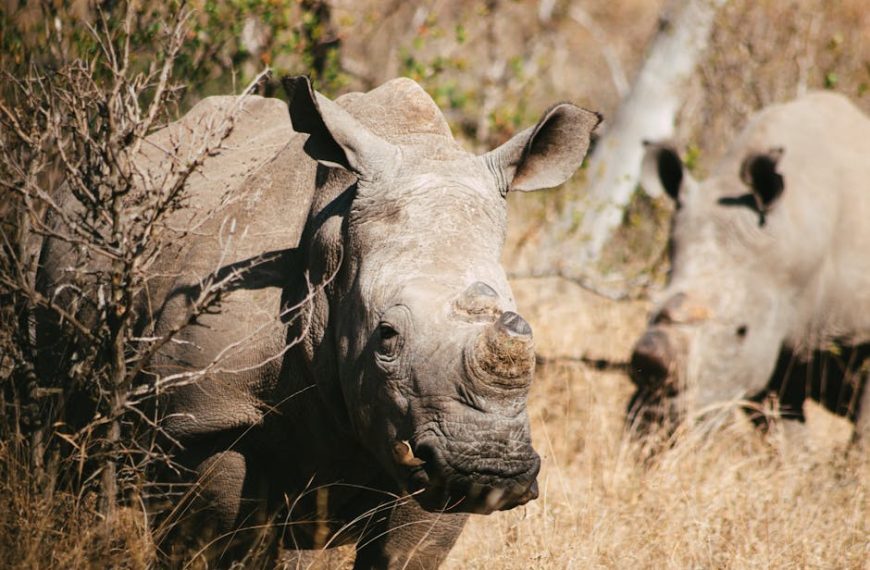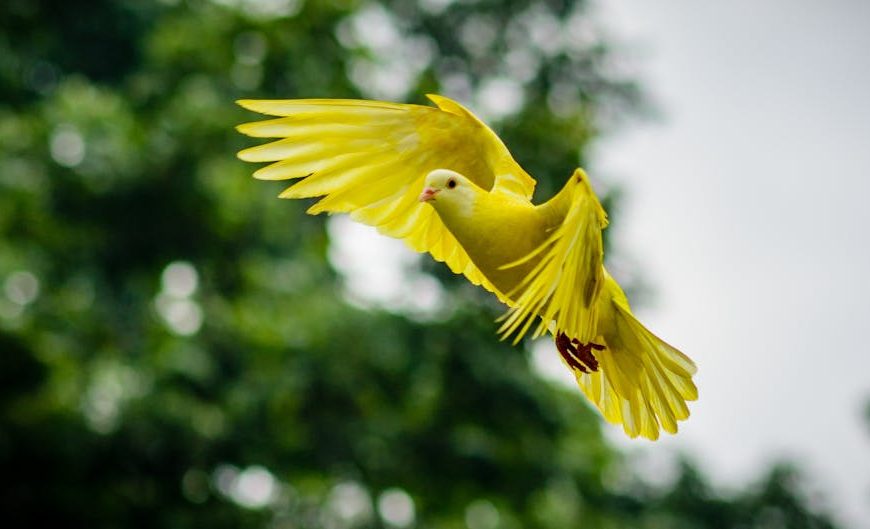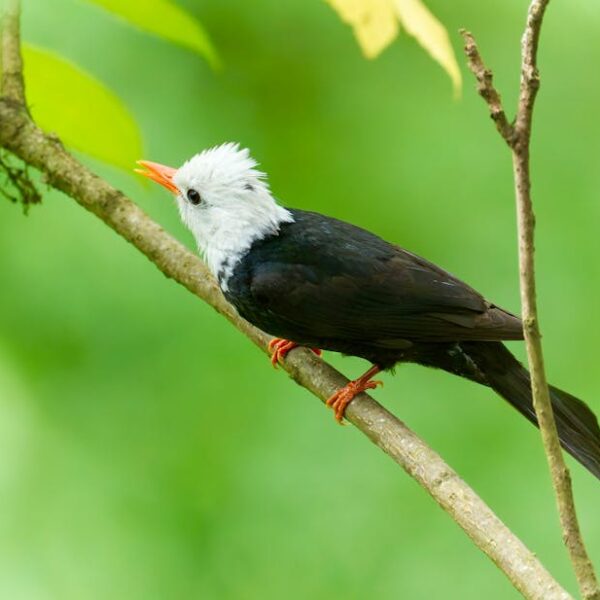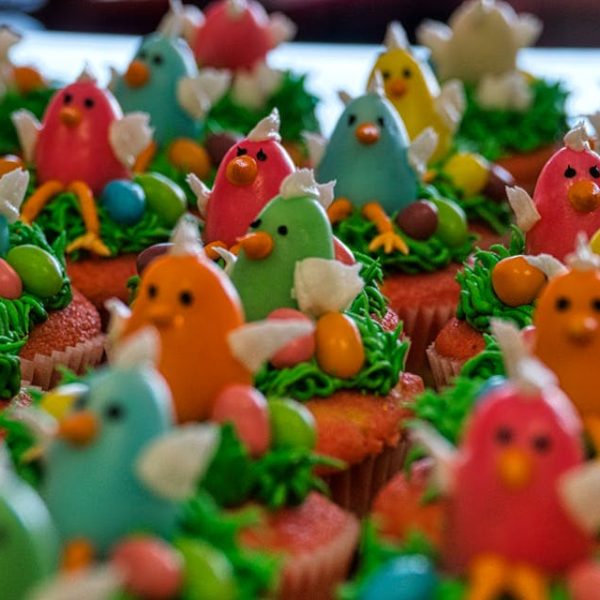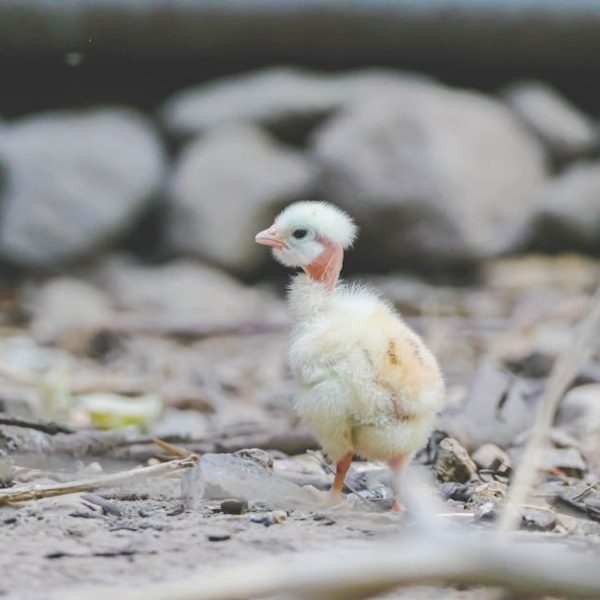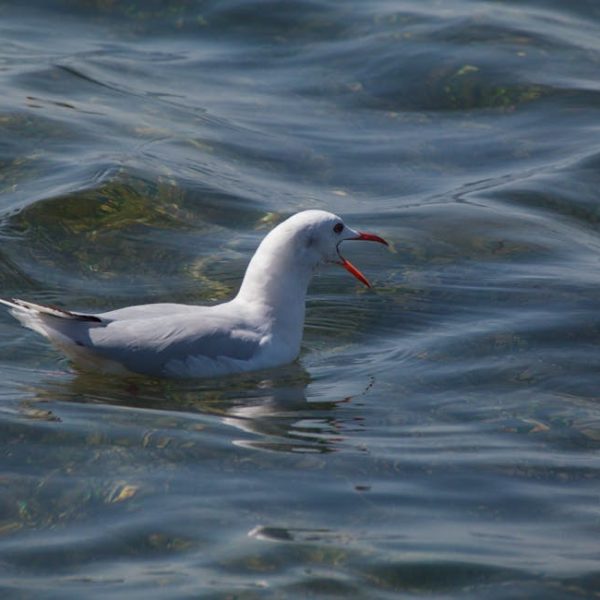Birds and flowers share a complex, advantageous relationship steeped in nature’s grand scheme of pollination. This symbiotic union, oftentimes overlooked, is the result of millions of years of co-evolution that benefits not only the birds and flowers involved but also humanity and ecosystems at large. Boasting mutual benefits, this ornithophilous interaction forms a key pillar in both local and worldwide biodiversity.
Under the umbrella term ‘avian pollination,’ certain bird species carry pollen between flowers when feeding, a process paramount to plant reproduction. Known as ‘ornithophilous’ species, these feathered pollinators are lured to flowers by vivacious colors, or the promise of nectar. In the course of feeding, they inadvertently gather pollen on their bodies, transporting it to other flowers as they continue their nectar quest. Both parties benefit from this exchange – the bird gains sustenance, and the flower’s genetic material is spread, increasing chances of reproduction, ultimately driving the survival of the species. Secondary benefits also occur; nearby animals may be nourished by the fruit that eventually springs forth, and an increased variety of plants have ripple effects on overall ecosystem diversity.
While hundreds of bird species could be acting as pollinators, a handful are particularly renowned for their roles. Hummingbirds, honeyeaters, and sunbirds, among others, have become the poster species for avian pollination. For instance, hummingbirds, native to the Americas, are particularly drawn to brightly colored, tubular flowers filled with sweet nectar. Sunbirds – largely inhabiting Asia and Africa – and honeyeaters, commonly found in Australia, follow similar proclivities. By being attracted to and feeding on certain types of flowers, these bird species contribute substantially to the genetic spread of those plant species.
These birds’ efficiency as pollinators has not arisen by chance but through adaptations forged in the crucible of evolution. One glance at a hummingbird’s elongated beak and it’s clear that it’s perfectly suited to delve deep into a flower to reach hidden nectar, in the process smearing pollen on its head and neck. Similarly, the New Zealand honeyeater’s brush-tipped tongue is ideally designed to lap up nectar while bathing itself in pollen. Even the hovering flight of a hummingbird or the perching habit of a sunbird contributes to their pollinating prowess, minimizing energy expenditure while maximizing their feeding (and thus pollinating) potential. These adaptations highlight the fascinating intricacies of bird-flower interactions.
Avian pollination is unquestionably vital to biodiversity. By facilitating the cross-fertilization of plants, birds enable wider genetic diversity within plant populations. Such diversity is key to a thriving ecosystem, encouraging the existence of various organisms that rely on those plants for sustenance and habitat, and even balancing local climates. Some ecosystems, like the euphorbia forests of Madagascar, are heavily reliant on bird pollinators like sunbirds to maintain their unique biodiversity. It’s safe to say, losing our bird pollinators would be akin to pulling away a key thread in the intricate tapestry of nature.
However, like many threads in that tapestry, bird pollinators face unprecedented threats. Man-made factors—such as habitat loss due to deforestation, pollution, and climate change—have led to declines in these vital pollinators. The effects of such losses are stark; ecosystems and the biodiversity within them suffer. Consequently, conservation efforts such as habitat preservation, greening cities, and reducing use of harmful pesticides have become increasingly critical. With the right kind of positive human intervention, these winged florists can continue their invaluable pollinating duties, ensuring the beauty and diversity of our natural world for years to come.
The Process of Bird Pollination
The shuttle of pollen from one flower to another is integral to plant reproduction—a neat little service performed in large part by birds. Ornithophilous species, those particularly inclined towards transferring pollen, find themselves drawn to the vibrant flair of flowers and the promise of sweet nectar. While they dive in to satisfy their hunger, they coat their bodies in pollen, carrying it with them from one flower to the next as they keep up their nectar pursuit.
Key Points
- Ornithophilous species are birds that engage in pollination.
- The process involves the transfer of pollen from one bloom to another as the bird feeds.
- Both parties benefit: the bird obtains food, and the plant’s chances of successful reproduction are ramped up.
**Pro Tips **: You can create a pollinator-friendly sanctuary in your backyard by:
- Planting native flora rich in nectar to attract local bird species
- Provisioning clean water in bird baths
- Building bird boxes or welcoming trees for safe shelter
Different Bird Species Involved in Pollination
Pollination is not the exclusive province of one bird species. Birds given the illustrious title of ‘pollinators’ run the gamut from hummingbirds, honeyeaters, and sunbirds, to name a few. Each bird species has particular preferences for flower types, and you’ll find them frequenting the habitats that host these blossoms.
Bird Profiles:
- Hummingbirds: Primarily found in the Americas, these birds are fond of bright, tubular flowers rich in nectar.
- Sunbirds: These colorful birds, prevalent in Asia and Africa, also adore nectar-rich flowers.
- Honeyeaters: Native to Australia, these birds frequent blossoms with plentiful nectar reserves.
Quick Fact: Hummingbirds can hover in mid-air, a technique that enables efficient pollen transfer.
Adaptations of Birds for Pollination
Millions of years of evolution have honed certain bird species into adept pollinators. Be it beak shape, feeding behavior, or body size, these tweaks in their natural design enhance their pollination prowess.
Adaptations in Birds:
- Beak Shape: The long, slender beaks of hummingbirds are ideal for digging deep into flowers to access nectar and consequently rub against pollen.
- Feeding Habit: The hovering flight of hummingbirds allows them to access nectar without landing, saving energy and increasing pollination effectiveness.
- Body Size: Smaller birds like hummingbirds are better at maneuvering between flowers, offering higher pollination rates.
- Euphorbia forests in Madagascar
- Rainforests in Southeast Asia
- Montane ecosystems in the Andes
- Grassland ecosystems in the Midwest, USA
- Coastal ecosystems in Australia
Effects of Bird Pollination on Biodiversity
Bird pollination enriches ecosystem biodiversity. As birds disperse pollen, they lay the groundwork for outcrossing—the fertilization of plants by pollen from unrelated individuals. This, in turn, enhances genetic diversity within plant populations. Such genetic variation can bring about resilience in plant species, enabling them to weather adverse conditions and pests.
☝ Top 5 Ecosystems That Rely on Bird Pollination:
Threats to Bird Pollinators and Conservation Efforts
Our feathered friends face mounting pressures like habitat loss, climate change, and pollution. Heightened conservation efforts such as establishing pollinator gardens, preserving habitats, greening urban spaces, and avoiding harmful pesticides can safeguard these essential members of our biodiversity.
